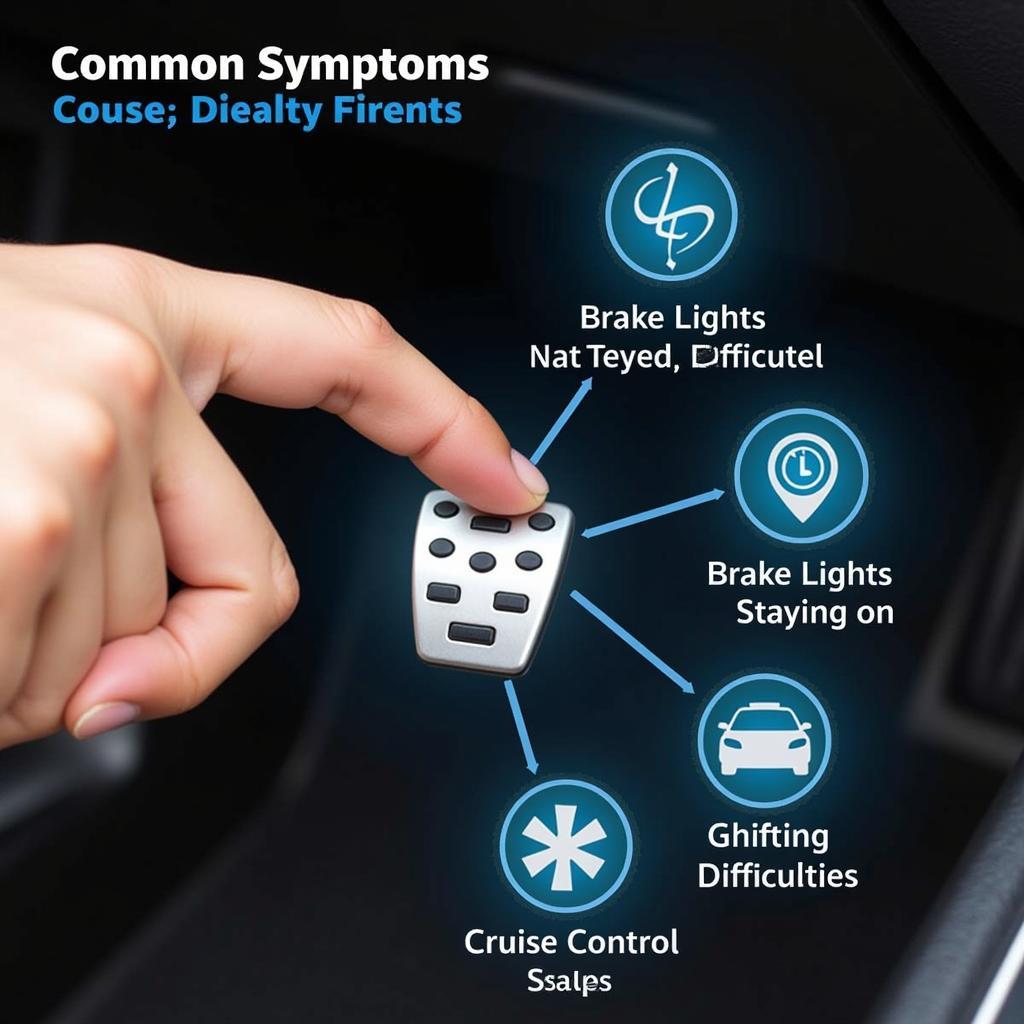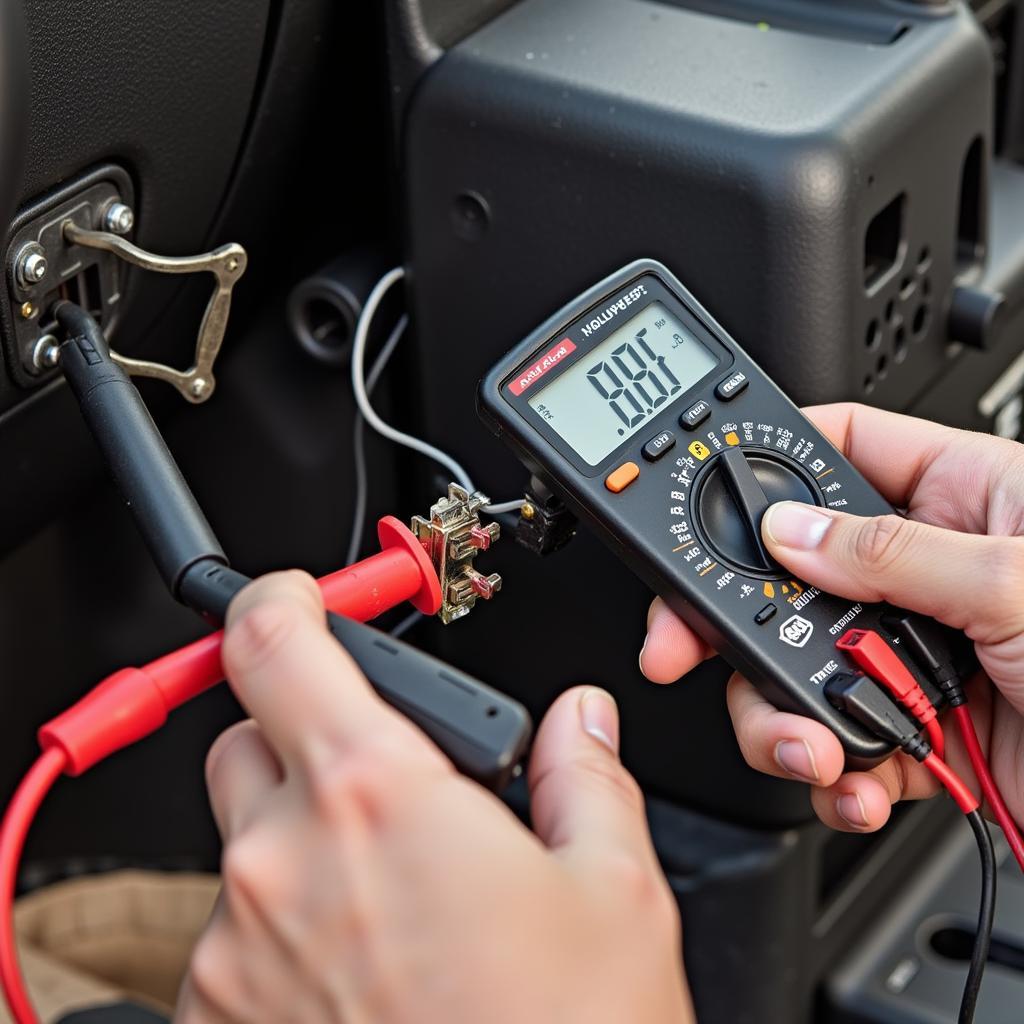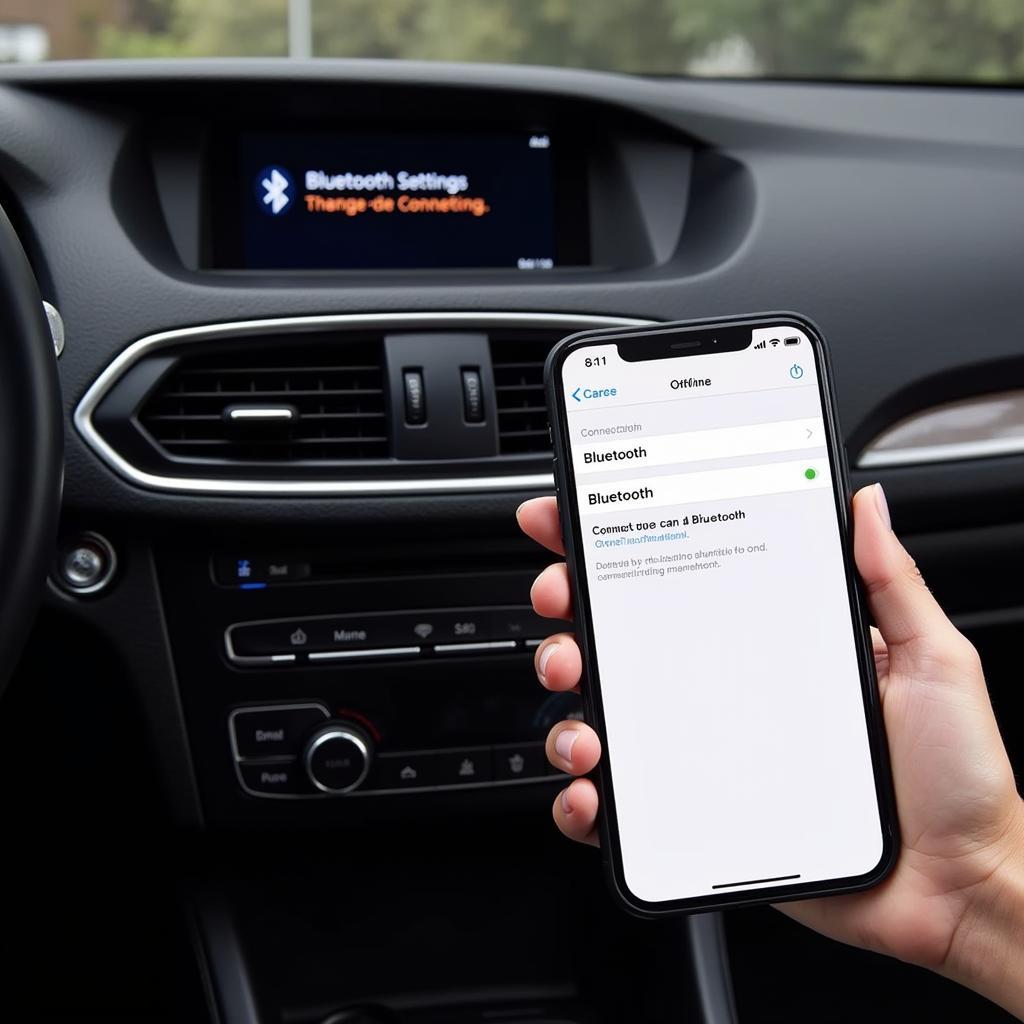A malfunctioning brake light switch can lead to various driving hazards and inconveniences. Understanding the warning signs of a bad brake switch is crucial for maintaining road safety and preventing costly repairs. This article delves into the common indicators of a faulty brake switch, empowering you to address the issue promptly. Learn to recognize these warning signs and keep your vehicle in optimal condition.
If your brake warning light illuminates unexpectedly, it might indicate a faulty brake switch. This crucial component controls the brake lights, and a malfunction can lead to miscommunication with other drivers. A bad brake switch can also affect your cruise control and even prevent your car from starting. Addressing this issue quickly is essential for safety. For more specific examples, see our guide on the 1995 Bonneville brake light warning.
Common Symptoms of a Failing Brake Switch
Several telltale signs can alert you to a potential brake switch problem. These range from obvious malfunctions like non-functioning brake lights to more subtle indicators like difficulty shifting out of park. Being aware of these symptoms can help you diagnose the issue early.
-
Brake Lights Don’t Work: This is the most obvious symptom. If your brake lights are completely out, it’s a strong indicator of a bad brake switch.
-
Brake Lights Stay On Constantly: Conversely, if your brake lights remain illuminated even when you’re not pressing the brake pedal, the switch might be stuck in the “on” position.
-
Shifting Difficulties: In some vehicles, a faulty brake switch can prevent you from shifting out of park. This safety feature requires the brake pedal to be depressed, and a bad switch can disrupt this process.
-
Cruise Control Malfunctions: A malfunctioning brake switch can interfere with your cruise control system, causing it to disengage unexpectedly or become completely inoperable.
 Faulty Brake Switch Symptoms
Faulty Brake Switch Symptoms
How to Diagnose a Bad Brake Switch
Diagnosing a bad brake switch involves a few simple checks. You can often pinpoint the problem without specialized tools.
-
Check the Brake Lights: Have someone observe your brake lights while you press the brake pedal. If they don’t illuminate or stay on constantly, it’s a likely indicator of a switch issue.
-
Inspect the Brake Switch: Locate the brake switch, usually mounted above the brake pedal. Check for any visible damage or loose connections.
-
Test the Switch with a Multimeter: If you’re comfortable working with electrical components, you can use a multimeter to test the switch’s continuity. This will determine if the switch is functioning correctly.
 Testing Brake Switch with Multimeter
Testing Brake Switch with Multimeter
You can find more information on brake warning messages in our article on the 2015 3500 GMC brake warning message. Also, our guide on combination proportioning brake light warning valve can offer additional insights into related brake system components.
The Importance of Prompt Repair
Addressing a faulty brake switch promptly is crucial for both safety and preventing further complications. A malfunctioning switch can create hazardous driving conditions and lead to more extensive repairs down the line.
-
Enhanced Safety: Functional brake lights are vital for communicating your intentions to other drivers. A bad switch compromises this communication, increasing the risk of accidents.
-
Preventing Costly Repairs: Ignoring a faulty brake switch can lead to more significant issues with your braking system, potentially requiring more extensive and expensive repairs.
-
Avoiding Legal Issues: Driving with non-functional brake lights can result in traffic citations and legal penalties.
For a related issue in older Accords, you might find our article on brake lamp warning light barely lit 2002 Accord helpful. Also, if you own an older Chevy truck, the article on the 1992 Chevy truck brake warning light might provide relevant information.
Conclusion
Recognizing the warning signs of a bad brake switch is essential for maintaining road safety and preventing costly repairs. By understanding the symptoms, diagnostic procedures, and importance of prompt repair, you can keep your vehicle in optimal condition and ensure safe driving conditions. Don’t ignore these warning signs – address them immediately to prevent further complications and ensure your safety on the road.

